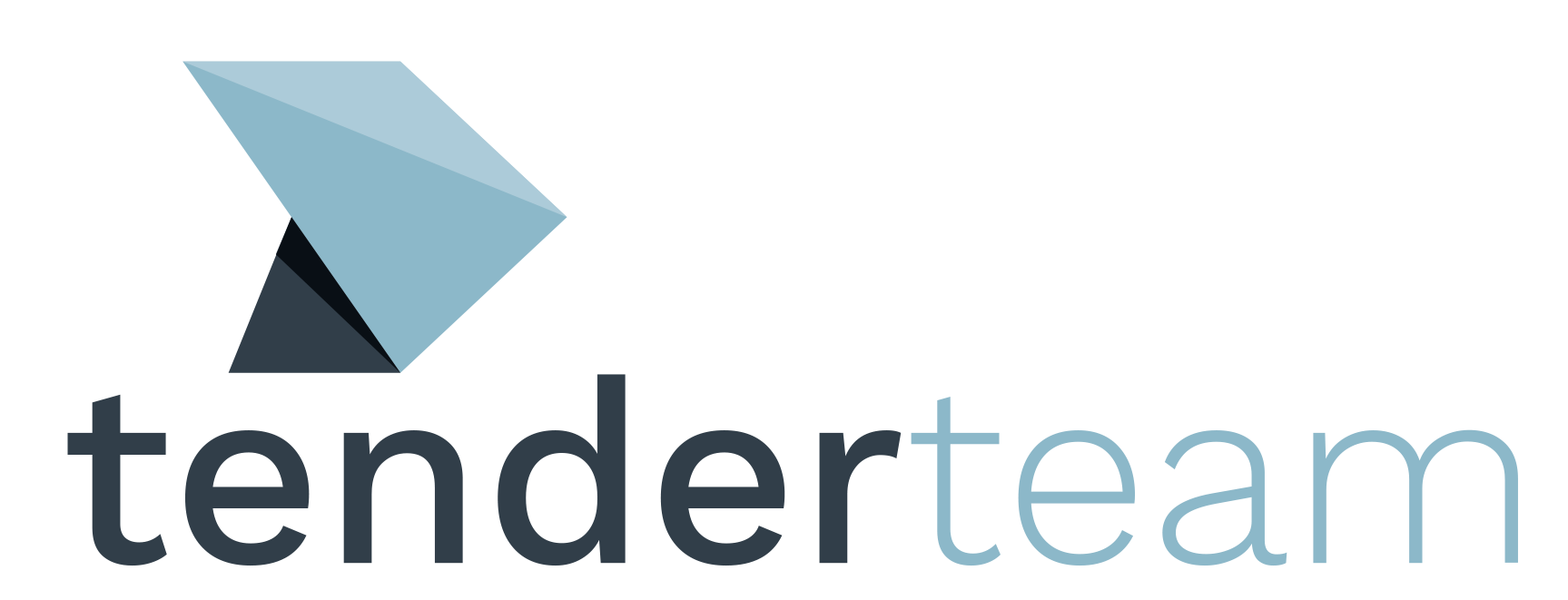written by Tony Corrigan
Knowing your Enemy
To know your Enemy, you must become your Enemy said Sun Tzu, in the Art of War. Sometimes competing for business can seem like a battle, where the odds are stacked against you and the odds of success are insurmountable.
All is not lost however; Competitive Intelligence (CI) is the key weapon in levelling the battle field and allowing you to compete with the advantage of knowledge on your side.
“Competitive Intelligence is the ethical gathering and analysis of competitor, customer and market information from open sources. This analysis is used by organisations to make better strategic decisions. It is the difference between competing and winning.
Why should I care about CI
Your organisation survival may well depend on the knowledge that you can acquire from and about your prospects and market competitors. Public Sector procurement is becoming increasingly transparent and the victors are those that can demonstrate that they understand their clients’ needs and have positioned themselves favourably in comparison to other suppliers. It is not overstating the case to say that embedding competitive intelligence as a core management process is increasingly essential towards survival and growth in the 21st century.
Embedding CI into my Organisation
Make the acquisition and safe-guarding of CI part of your normal business operations. Create profiles of your target customers as well as your main competitors. Collect data from the companies own websites and their published case, aggregate from news and social media websites and flesh out from your real world connections. Finally use your organisations own human intelligence to identify your own strengths where you have competitive advantage and work on your weaknesses to improve your overall ability to compete.
Best Practices for Managing Competitive Intelligence
Qualify your Tenders
Tendering is expensive; compete only where it makes good sense; Learn as much from losing as from winning
Make Intelligence Gathering Systemic
Know your customer, your competitor, your partner…and yourself
Procurement History
Identify Buying Habits, Incumbent Suppliers, Decision Makers, Previous Purchases, Evaluation Criteria
Maintain an Information Repository
Protect your corporate knowledge and facilitate fact-based decision
Remember that CI is more concerned with understanding the big picture and having the right perception of the marketplace that trying to precisely quantify or qualify competitive threats and business opportunities. Each time you participate in the tendering process, you learn a little more about what it takes to win. As Sun Tzu noted: Opportunities multiply as they are seized.











